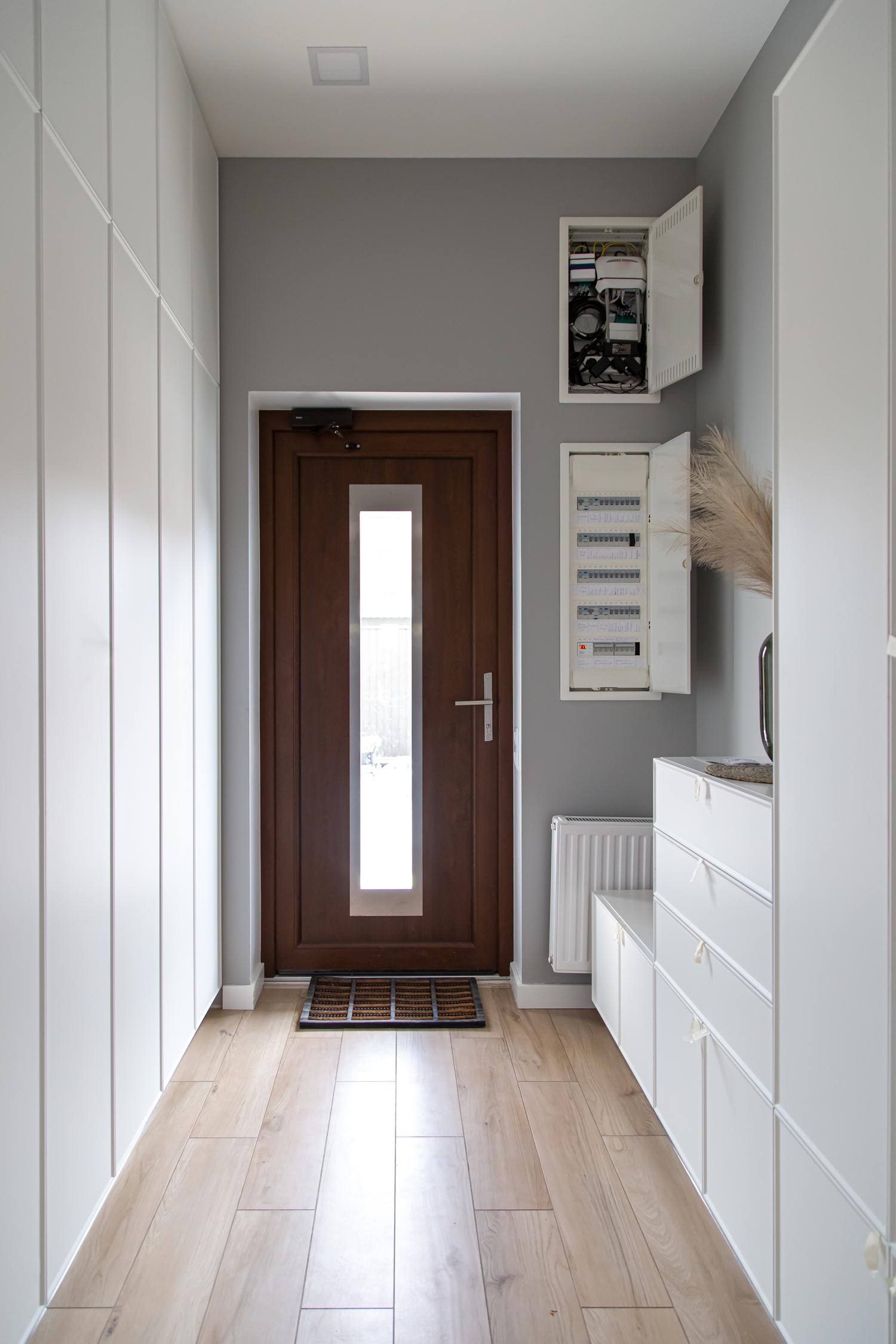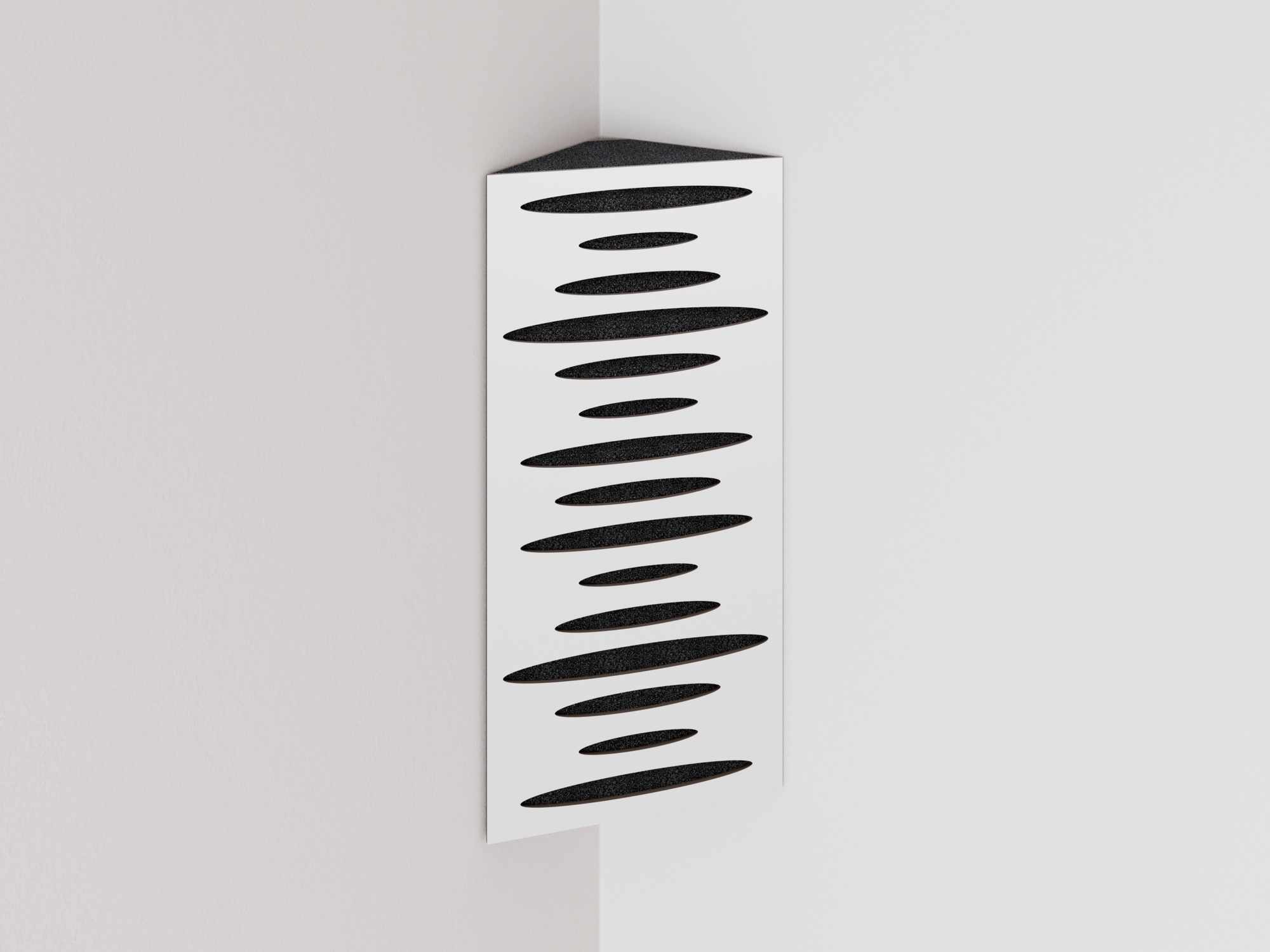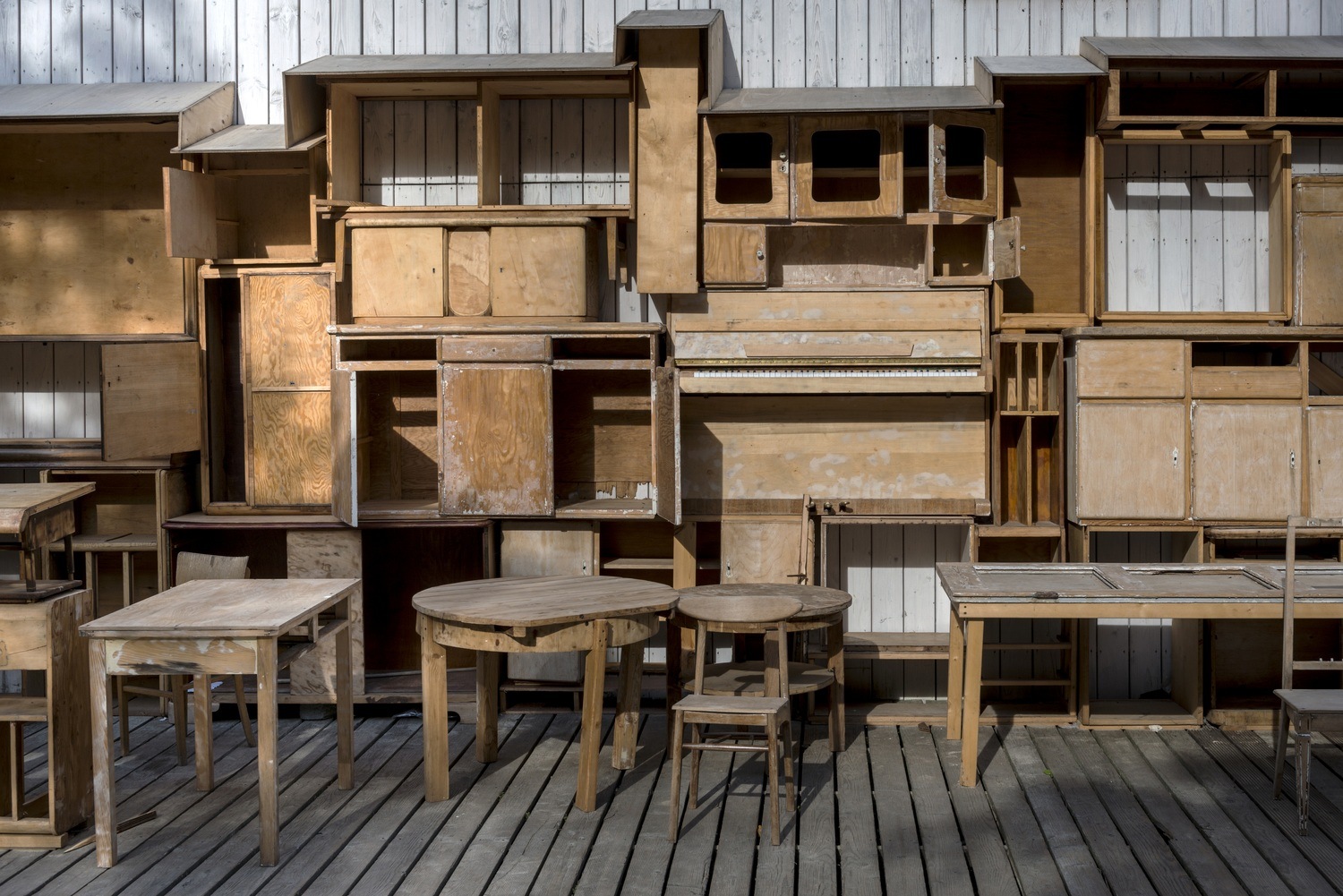How do you soundproof a hallway?
A hallway is often one of the most sound-reflective rooms in a home or public building. Hard surfaces such as tiles, wooden floors, glass, and plaster walls create an environment where sound bounces around, generating echoes and reverberations. This can lead to a disturbing noise level and make the hallway a place where sound is amplified and spreads to other rooms. By using sound-absorbing materials and strategic measures, you can create a more subdued and pleasant sound environment in the hallway.
Why is the acoustics in a hallway important?
Since the hallway is often a high-traffic passageway, sounds such as conversations, door noises, and footsteps can be amplified and spread to the rest of the home. If the hallway has an open floor plan or connects to the living room, kitchen, or bedroom, this can amplify sound problems and affect the entire home. A well-soundproofed hallway can reduce noise and reverberation, making your home more harmonious and quieter.
The benefits of soundproofing a hallway
By optimizing the acoustics in the hallway, you can:
- Reduce noise and echo, making your home more comfortable.
- Improve speech intelligibility and sound comfort, so that conversations can be held without distracting background noise.
- Reduce sound transmission to other rooms, allowing you to have a quieter and more relaxing environment in your home.
- Create an inviting and pleasant atmosphere, where the sound environment is as well thought out as the design.
Create a hallway with an optimal sound environment
Soundproofing a hallway is not just about reducing disturbing noise, but also about creating a more inviting and pleasant environment. By combining textiles, acoustic panels, furniture, and smart sound insulation, you can transform your hallway into a place with a pleasant and well-balanced sound environment. Whether you want to reduce reverberation, dampen footfall noise, or create a more secluded sound environment, there are effective solutions that make a big difference. By planning the acoustic properties of your hallway, you can improve the sound comfort throughout your home.












